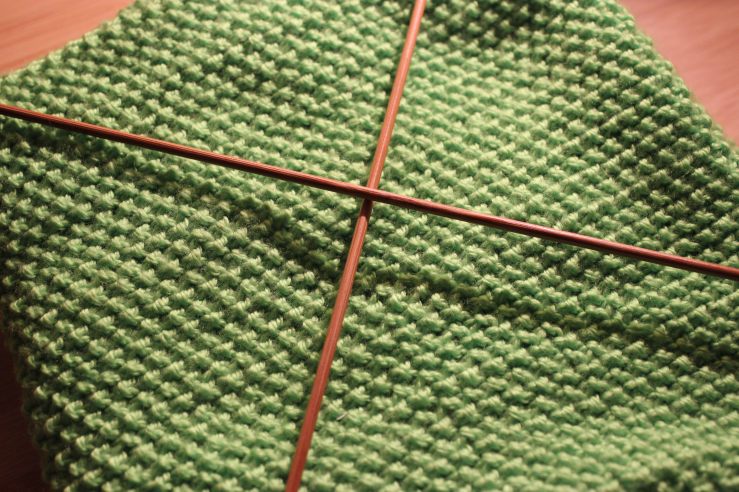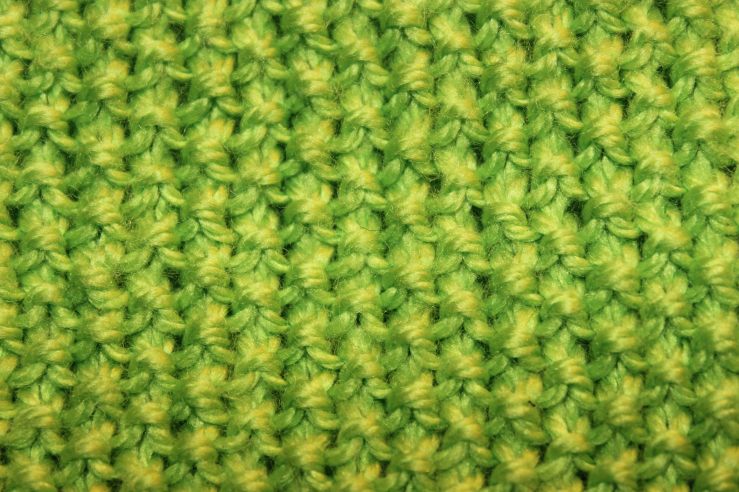
The Seed Stitch Scarf is a very easy and very pretty scarf to quickly knit up. I usually keep a few in my box of knitted gifts, to snatch up and give away on birthdays and other holidays – just in case something slips my mind!
This Scarf comprises of sequential knits and purls across a row resulting in a texturally appealing pattern.
For this scarf, I cast on 52 stitches using Double Knit/ 8ply yarn on size 4.00mm needles.
I used 3 balls of acrylic yarn each containing 100g and with an approximate meterage of 230m. Acrylic can’t be ironed, so keep that in mind if you’re considering blocking it out after you’ve finished knitting.
On the first row: *K1, P1 (and repeat until the end of the row.)
Row 2: *P1, K1, (and repeat until the end of the row).
Repeat these two rows to create the seed stitch pattern.
My Seed Stitch Scarf was cast off when it reached two meters, or 6 and a half feet long, but the length of this scarf is completely up to personal tastes on scarf length. The width of this scarf is 30cm, so add more stitches (keeping an even number of stitches) to increase width, or remove more stitches to decrease the width.
Alternatively, different yarn weights/plys, needle sizes and knitting gauge can create different results. I also find that seed stitch tends to run slightly wider and shorter than stockinette stitch, so beginners should keep that in mind if attempting to create a specific shape to their scarf.
I nearly exclusively use acrylics due to issues with contact dermatitis with wool and various other animal fibers, so if you’re using a different yarn material, expect slightly different results in texture, aesthetics, wear and tear, washability and stretch.

Share your seed stitch creations with me!